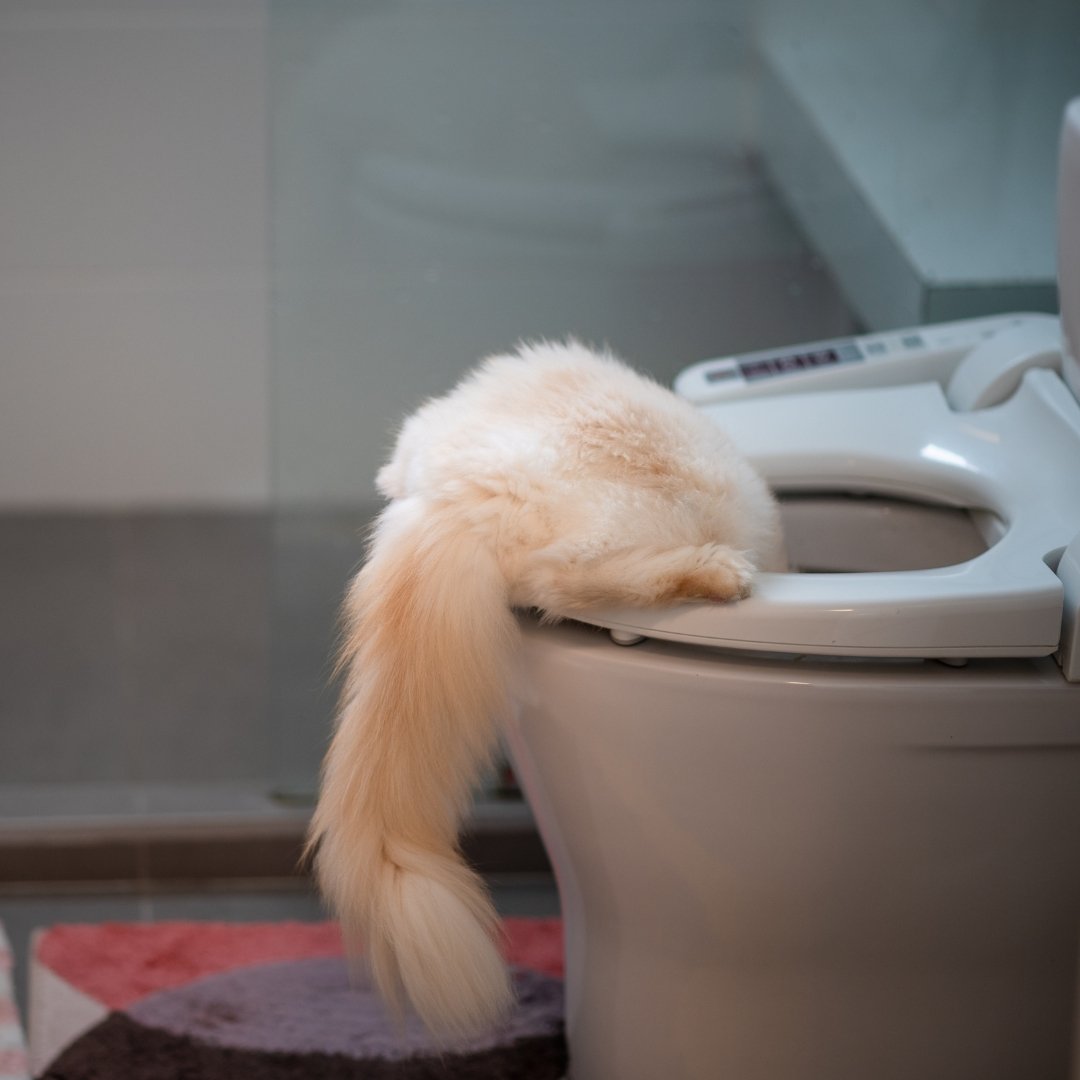On this page below you will find some incredibly good details on the subject of Can You Flush Cat Poop Down The Toilet?.

Intro
As pet cat proprietors, it's necessary to be mindful of how we deal with our feline friends' waste. While it may appear convenient to flush feline poop down the bathroom, this practice can have destructive repercussions for both the setting and human health.
Ecological Impact
Purging pet cat poop introduces dangerous virus and bloodsuckers into the water supply, presenting a considerable risk to aquatic environments. These contaminants can negatively impact marine life and compromise water high quality.
Health and wellness Risks
Along with environmental concerns, purging cat waste can additionally posture health dangers to human beings. Feline feces may include Toxoplasma gondii, a bloodsucker that can cause toxoplasmosis-- a possibly extreme ailment, particularly for expectant females and individuals with damaged immune systems.
Alternatives to Flushing
Luckily, there are safer and a lot more responsible ways to get rid of cat poop. Consider the following choices:
1. Scoop and Dispose in Trash
One of the most common method of getting rid of cat poop is to scoop it right into a biodegradable bag and toss it in the garbage. Make certain to make use of a dedicated clutter inside story and dispose of the waste immediately.
2. Use Biodegradable Litter
Select naturally degradable cat litter made from materials such as corn or wheat. These litters are environmentally friendly and can be securely thrown away in the garbage.
3. Hide in the Yard
If you have a lawn, take into consideration hiding feline waste in a designated area away from veggie yards and water sources. Make certain to dig deep adequate to stop contamination of groundwater.
4. Mount a Pet Waste Disposal System
Invest in a pet waste disposal system specifically made for pet cat waste. These systems make use of enzymes to break down the waste, lowering smell and environmental impact.
Conclusion
Responsible family pet ownership extends beyond giving food and sanctuary-- it additionally includes appropriate waste monitoring. By refraining from flushing pet cat poop down the commode and selecting alternative disposal methods, we can minimize our ecological footprint and safeguard human health and wellness.
Why Can’t I Flush Cat Poop?
It Spreads a Parasite
Cats are frequently infected with a parasite called toxoplasma gondii. The parasite causes an infection called toxoplasmosis. It is usually harmless to cats. The parasite only uses cat poop as a host for its eggs. Otherwise, the cat’s immune system usually keeps the infection at low enough levels to maintain its own health. But it does not stop the develop of eggs. These eggs are tiny and surprisingly tough. They may survive for a year before they begin to grow. But that’s the problem.
Our wastewater system is not designed to deal with toxoplasmosis eggs. Instead, most eggs will flush from your toilet into sewers and wastewater management plants. After the sewage is treated for many other harmful things in it, it is typically released into local rivers, lakes, or oceans. Here, the toxoplasmosis eggs can find new hosts, including starfish, crabs, otters, and many other wildlife. For many, this is a significant risk to their health. Toxoplasmosis can also end up infecting water sources that are important for agriculture, which means our deer, pigs, and sheep can get infected too.
Is There Risk to Humans?
There can be a risk to human life from flushing cat poop down the toilet. If you do so, the parasites from your cat’s poop can end up in shellfish, game animals, or livestock. If this meat is then served raw or undercooked, the people who eat it can get sick.
In fact, according to the CDC, 40 million people in the United States are infected with toxoplasma gondii. They get it from exposure to infected seafood, or from some kind of cat poop contamination, like drinking from a stream that is contaminated or touching anything that has come into contact with cat poop. That includes just cleaning a cat litter box.
Most people who get infected with these parasites will not develop any symptoms. However, for pregnant women or for those with compromised immune systems, the parasite can cause severe health problems.
How to Handle Cat Poop
The best way to handle cat poop is actually to clean the box more often. The eggs that the parasite sheds will not become active until one to five days after the cat poops. That means that if you clean daily, you’re much less likely to come into direct contact with infectious eggs.
That said, always dispose of cat poop in the garbage and not down the toilet. Wash your hands before and after you clean the litter box, and bring the bag of poop right outside to your garbage bins.
https://trenchlesssolutionsusa.com/why-cant-i-flush-cat-poop/

I was made aware of that editorial about Don’t flush cat feces down the toilet from an associate on a different web address. I beg you set aside a second to distribute this post if you liked it. We value reading our article about Don’t flush cat feces down the toilet.
Click Here